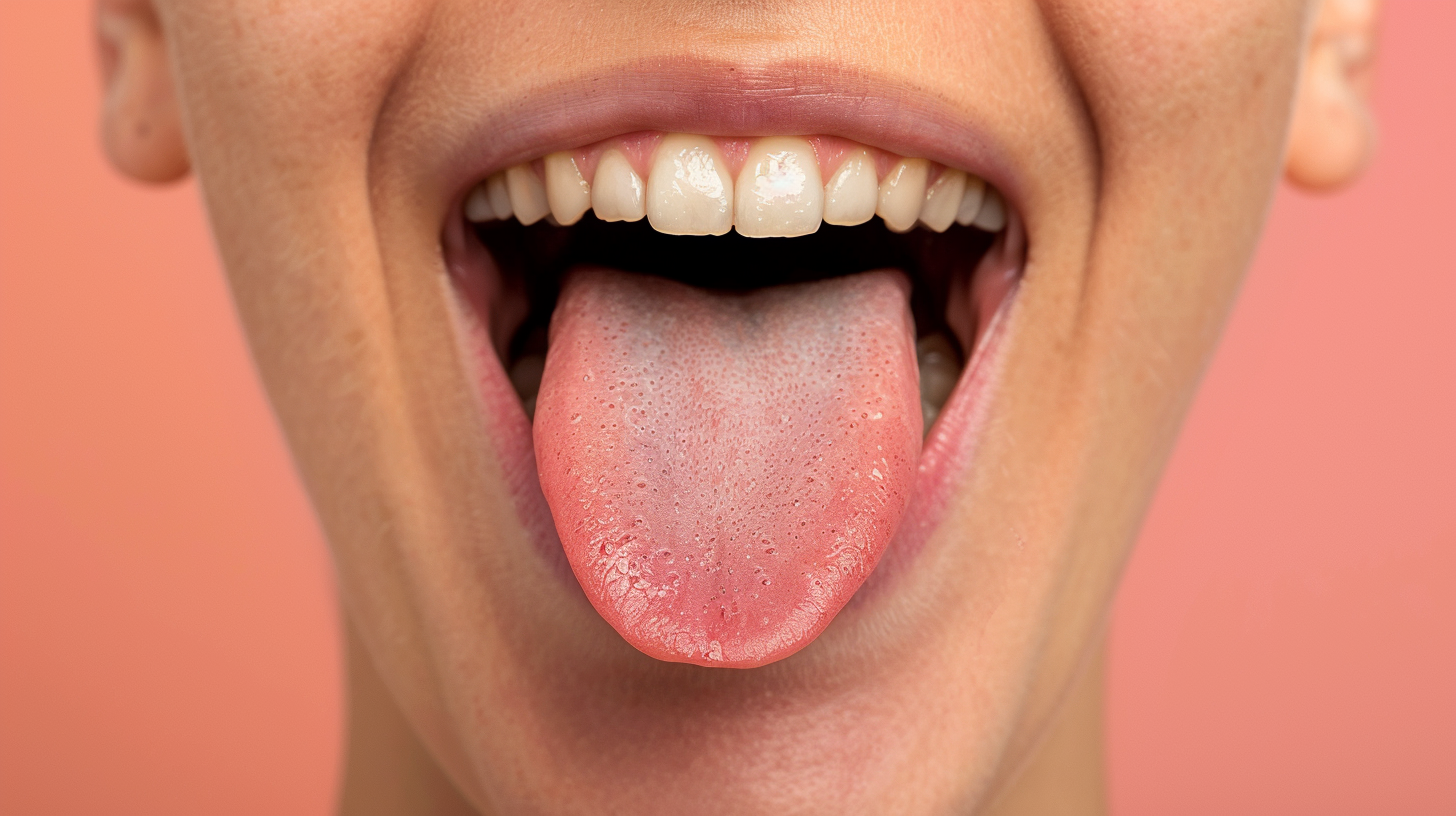Introduction: Your Body Shape Can Affect Your Biochemistry
Hormones regulate nearly every function in the body—yet many people overlook how posture and breathing influence endocrine balance.
At BreatheWorks, we work with patients experiencing chronic fatigue, irregular sleep, anxiety, and hormonal imbalances. Often, the missing piece is alignment—of breath, spine, and airway.
How Posture Impacts Hormonal Health
Poor posture and dysfunctional breathing can disrupt:
- Cortisol regulation (increased stress response, poor recovery)
- Melatonin production (due to mouth breathing, poor sleep quality, and light exposure)
- Thyroid function, via cervical compression and poor vagal tone
- Sex hormones (estrogen, testosterone) by affecting stress load and sleep depth
- Insulin sensitivity, contributing to metabolic dysfunction
When you breathe shallowly, stay in a slouched position, or mouth breathe at night, it signals the brain to stay alert, elevating cortisol and reducing parasympathetic tone.
Real-World Case: A 42-Year-Old Woman with Fatigue and Hormonal Imbalance
This patient presented with:
- Chronic fatigue and sleep disturbances
- Nighttime waking and daytime sluggishness
- History of ADHD symptoms in women and hormonal irregularity
- Mouth breathing and “wired but tired” energy patterns
Evaluation revealed:
- Forward head posture and shallow, upper-chest breathing
- Signs of airway obstruction during sleep
- Cervical compression limiting vagal nerve regulation
- Poor nasal breathing and low tongue posture
Care included:
- Myofunctional therapy for airway optimization and diaphragmatic breathing
- Postural retraining for vagal support
- Sleep hygiene education and melatonin rhythm resetting
- Collaboration with her functional medicine provider
Outcomes after 8 weeks:
- Improved sleep initiation and fewer night wakings
- More stable energy throughout the day
- Reduced anxiety and better focus
- Lab testing showed reduced cortisol levels and improved sleep markers
The Vagus Nerve: Posture’s Hormonal Messenger
The vagus nerve runs from the brainstem through the chest and abdomen, regulating:
- Heart rate
- Digestion
- Immune response
- Hormonal release
Postural collapse or chronic mouth breathing weakens vagal tone, impairing the neuroendocrine loop. This especially affects patients with hypermobility or low muscle tone, whose systems are already dysregulated.
How BreatheWorks Supports Hormonal Balance Through Structure
✅ Breath and posture work to improve vagal tone and reduce sympathetic overdrive
✅ Myofunctional therapy to correct nasal breathing and sleep patterns
✅ Collaboration with endocrinologists, functional medicine providers, and mental health practitioners
✅ Whole-patient care for women with ADHD symptoms, stress sensitivity, and hormone-related fatigue
✅ Focus on sustainable lifestyle alignment—not just symptom relief
Signs Your Posture May Be Disrupting Hormones
- Chronic fatigue or inconsistent sleep
- Anxiety or mood changes that don’t respond to therapy or medication
- Blood sugar dysregulation or weight gain
- Irregular menstrual cycles or low libido
- “Tired but wired” sensation
- Worsening symptoms during stress or illness
- History of mouth breathing, poor sleep, or sedentary posture
Key Takeaways
- Hormonal health depends on structural and functional alignment
- Poor posture and airway dysfunction can disrupt cortisol, melatonin, and sex hormone balance
- Diaphragmatic breathing and vagal tone are critical to hormone regulation
- BreatheWorks addresses body-based causes of hormonal imbalance for long-term healing



